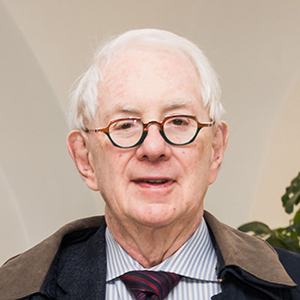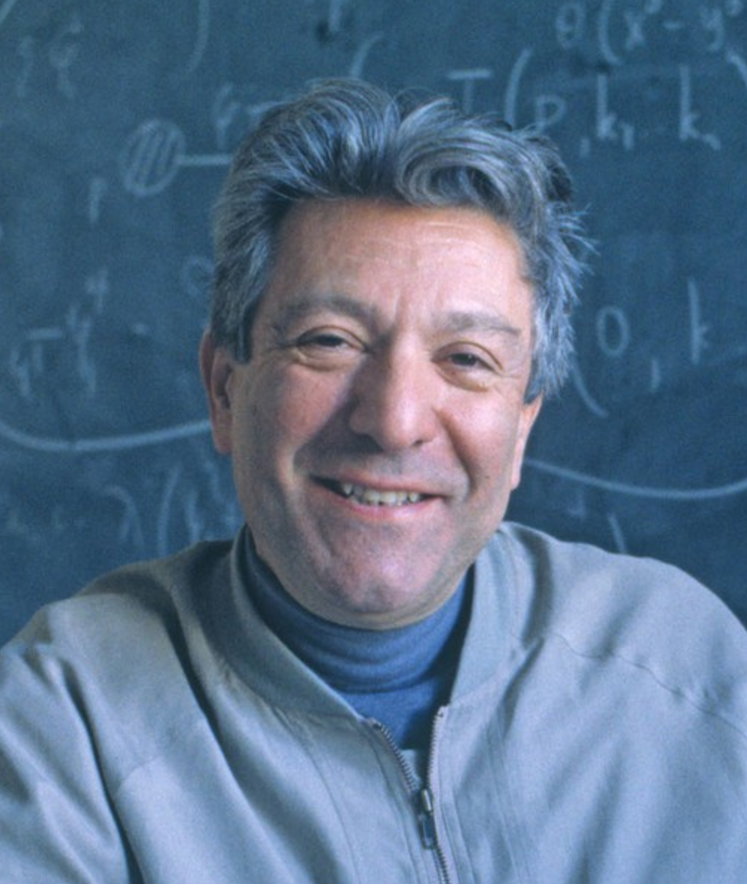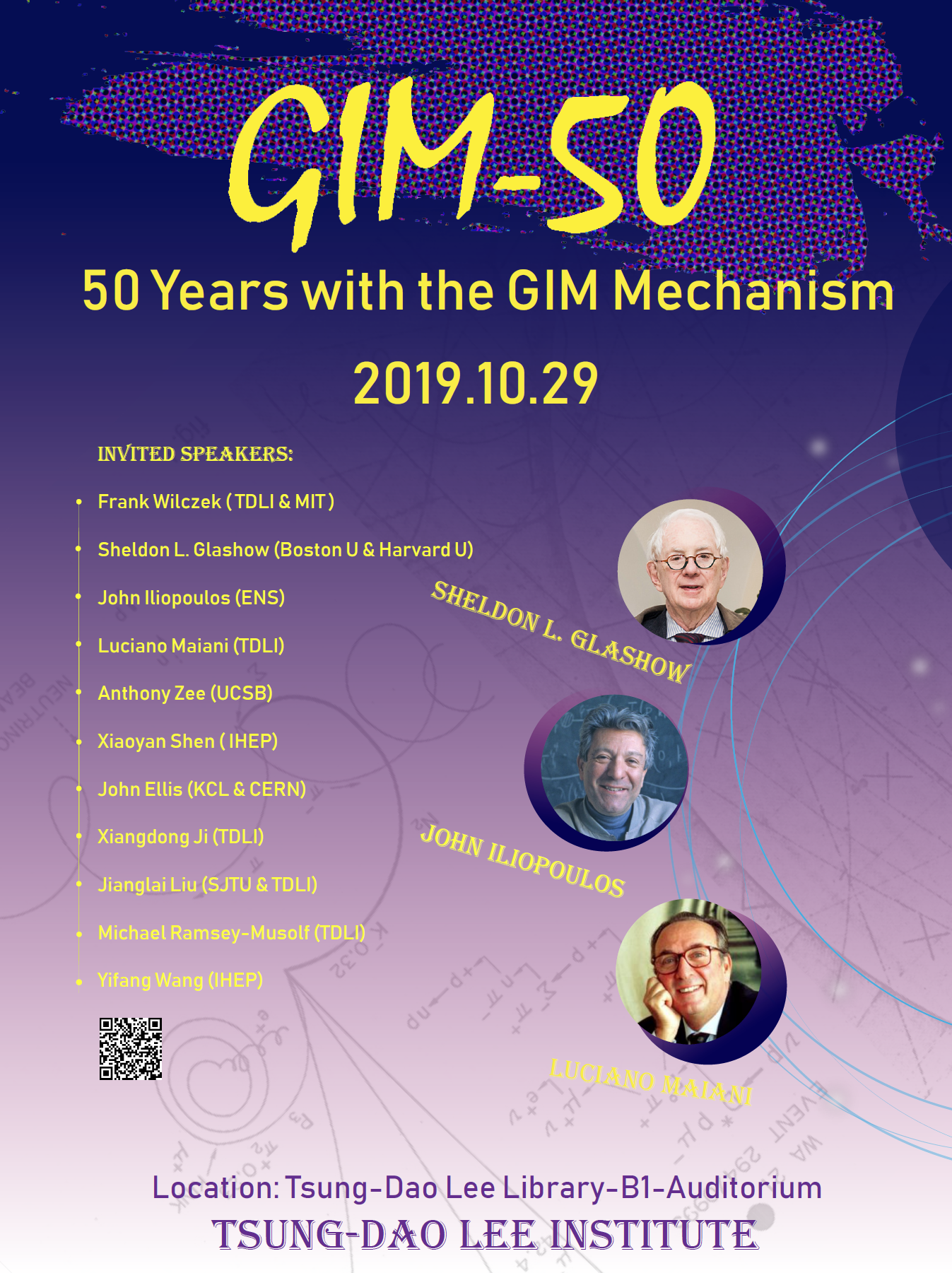GIM mechanism [1] has been an important step on the road to electroweak unification. It has allowed to include hadrons in the picture in spite of, and in agreement with, the remarkable suppression of strangeness violation in neutral weak current processes. GIM mechanism was proposed in 1970, after several developments had defined the conceptual framework of unification. To quote just a few: the Yang-Mills theory [2], the universal V − A weak interaction [6–8], the first suggestion of unification by J. Schwinger [3], the definition of the electroweak group SU (2)L ⊗ U (1)Y by S. Glashow [4], Cabibbo’s theory of semileptonic, ∆S = 0, 1 hadron decays [5] and the formulation of the leptonic electroweak gauge theory by S. Weinberg and A. Salam [9, 10], with spontaneous symmetry breaking induced by the vacuum expectation value of new scalar fields [11–13].
The GIM mechanism requires a fourth quark, charm, in addition to the three quarks introduced by Gell-Mann, such that the first two blocks of the electroweak theory are made each by one lepton and one quark doublet, [(νe, e), (u, d)] and [(νµ, µ), (c, s)]. Quarks u and c are coupled by the weak interaction to two superpositions of the quarks d and s:u ↔ dC , with dC the Cabibbo combination dC = cos θC d + sin θC s, and c ↔ sC , with sC the orthogonal combination.In subsequent years, a third generation, [(ντ , τ ), (t, b)] has been predicted [14] to describe CP violation. No more generations are predicted or observed.
The SU (2)L ⊗ U (1)Y spontaneously broken theory has been shown to be renormalisable [15]. The block structure with fractionally charged quarks in three colours produces the required cancellation of the Adler-Bell-Jackiw anomalies, as shown in [16, 17].
The GIM mechanism is the solution to a problem arising in the simplest weak interaction theory with one charged vector boson coupled to the Cabibbo currents. As pointed out in 1968 [18–21], strangeness changing, neutral cur-nt processes, such as KL → µ+µ− or K0 − K¯ 0 mixing, a generated at one loop with amplitudes of order: θC cos θC G(GΛ2), where G is the Fermi constant and Λ an ultraviolet cutoff. To comply with the strict limits existing at the time, one had to require a surprisingly small value of the cutoff, Λ = 2 − 3 GeV. The problem was taken seriously by the GIM authors: . . . it appears necessary to depart from the original phenomenological model of weak interactions [1].
The proposal made was to bring in the charm quark, already introduced by Bjorken and Glashow[22] and by others [23, 24], with its typical coupling to the quark combination left alone in the Cabibbo theory: c ↔ sC =− sin θC d + cos θC s. Amplitudes for s → d with u or c on the same fermion line would cancel exactly for Mc = Mu, see Fig. 1.

FIG. 1: Quark diagrams for K0 − K¯ 0 mixing after GIM. Couplings of u and c to d and s quarks are indicated.
For Mc >> Mu, there remains a residual neutral current effect which, by inspection (and by dimensional reasons) is of order: sinθC cos θC G(GM 2). This was a real surprise: the ”small” UV cutoff needed in the simple, three quarks, theory has turned into an estimate of the fourth quark mass! In fact the predicted c quark mass was sufficiently large to have escaped detection in the unsuccessful searches for charmed mesons that had been conducted in the sixties, on the basis of the suggestion in [22].
Another aspect of the GIM cancellation is that the weak charged currents make an SU (2) algebra together with a neutral component that has no strangeness changing terms, as follows from the equality: d¯CLγµdCL + s¯CLγµsCL = d¯LγµdL + s¯LγµsL. Thus, there is no difficulty to include the two quark doublets in the unified electroweak group SU (2)L ⊗ U (1)Y of Glashow, Weinberg and Salam, a possibility noted in [1]: In contradistinction to the conventional (three-quark) model, the couplings of the neutral intermediary - now hypercharge conserving -cause no embarrassment. The possibility of a synthesis of weak and electromagnetic interactions is also discussed.
With the two quark doublets included in the Standard Theory, a detailed study of strangeness changing neutral current processes was done in [25] and gave Mc ∼ 1.5 GeV, a value consistent with more recent data on the masses of charmed mesons and baryons.
Weakly decaying charmed mesons in high energy neutrino interactions seen with high resolution bubble chambers produce spectacular decay patterns, like the one diplayed in Fig. 2, taken from Ref. [26].
The GIM mechanism is now part of the Standard Theory and it gives a precise description of the observed flavour changing neutral current processes for $s$ and $b$ quarks. For this reason, FNCN represent still today an important benchmark and give strong limitations to theories that go beyond ST in the few TeV region.

FIG. 2: The neutrino production of an excited charmed meson, D*, is captured by this remarkable picture taken at the CERN Hydrogen Bubble Chamber, with the decay chain of D* fully reconstructed [26]. Photo on the left, explicative drawing on the right. The primary process is ν +p → µ− +p+D* (neutrino unseen), the outgoing p and µ− correspond to traces p2 and N1. The primary interaction is followed by very fast decays that seem to originate also from the primary vertex: D∗+ → D0 +π+, D0 → K− +π+and give rise to the traces N2(K−) and p1, p3, the π+s. The fast π+(p1) exits the chamber, but the slow π+(p3) exibits the full chain π+ → (νµ) + µ+ → (νµ + νe) + e+, in parenthesis the unseen neutrinos. The negative trace N2 is identified as K− by its interaction with a proton in the bubble chamber: K− + p → Σ− + π+, followed by Σ− → n + π−. The traces of π+ and π− are seen to come out of the point where the K− has interacted, while the neutron goes unseen until it scatters off a proton, which is seen as the thick track below the vertex. Photo CERN. [1] S. L. Glashow, J. Iliopoulos, L. Maiani, Phys. Rev. D2 (1970) 1285. [2] C. N. Yang and R. L. Mills, Phys. Rev. 96 (1954) 191. [3] J. Schwinger, Ann. Phys. 2 (1958), 407. [4] S. L. Glashow, Nucl. Phys. 22 (1961) 579-588. [5] N. Cabibbo, Phys. Rev. Lett., 10, 531 (1963). [6] E. C. G. Sudarshan and R. E. Marshak, Phys. Rev., 109, 1860 (1958). [7] R. P. Feynman and M. Gell-Mann, Phys. Rev., 109, 193 (1958). [8] S. S. Gerstein, Ya. B. Zeldovich, ZhETE, 29, 698 (1955) [JETP 2, 576 (1956)]. [9] S. Weinberg, Phys. Rev. Lett. 19 (1967) 1264-1266. [10] A. Salam, in N. Svartholm: Elementary Particle Theory, Proceedings of the Nobel Symposium 1968, Lerum Sweden (1968) 367-377. [11] F. Englert, R. Brout, Phys. Rev. Lett. 13 (1964) 321. [12] P. W. Higgs, Phys. Lett. 12 (1964) 132; Phys. Rev. 145 (1966) 1156. [13] G. S. Guralnik, C. R. Hagen and T. W. B. Kibble, Phys. Rev. Lett. 13 (1964) 585. [14] M. Kobayashi and T. Maskawa, Prog. Theor. Phys. 49 (1973) 652. [15] G. ’t Hooft, M. J. G. Veltman, Nucl. Phys. B44 (1972) 183. [16] C. Bouchiat, J. Iliopoulos and P. Meyer, Phys. Lett. 38B (1972) 519. [17] D. J. Gross and R. Jackiw, Phys. Rev. D 6 (1972) 477. [18] B. L. Ioffe and E. P. Shabalin, Yadern. Fiz. 6, 828 [Soviet J. Nucl. Phys. 6, 603 (1968)]. [19] F. Low, Comm. Nucl. Part. Phys. 2 (1968) 33. [20] R. N. Mohapatra, J. S. Rao and R. E. Marshak, Phys.Rev.Lett., 20 (1968), 634; Phys. Rev. 171 (1968) 1502. [21] R. N. Mohapatra and P. Olesen, Phys. Rev. 179 (1969) 1417. [22] J. D. Bjorken and S. L. Glashow, Phys. Lett. 11 (1964) 255. [23] S. Sakata, Prog. Theor. Phys. 16 (1956) 686. [24] Z. Maki, M. Nakagawa and S. Sakata, Prog. Theor. Phys. 28 (1962) 870. [25] M. K. Gaillard and B. W. Lee, Phys. Rev. D 10 (1974) 897. M. K. Gaillard, B. W. Lee and J. L. Rosner, Rev. Mod. Phys. 47 (1975) 277. [26] J. Blietschau et al. [Aachen-Bonn-CERN-Munich-Oxford Collaboration]. Physics. Lett. 86B (1979) 108.

Frank Wilczek
Opening Speech: Impact of GIM

Sheldon L. Glashow, “GIM and Me”

John Iliopoulos, “Questions of Flavour”

Luciano Maiani, “Charm, the First Heavy Quark”

Anthony Zee, “The Glashow–Iliopoulos–Maiani Mechanism: Some Personal Reminiscences”

Xiaoyan Shen, “BEPC/BES Experiment and Charm Physics”

John Ellis “Beyond Charm”

Xiangdong Ji, “Dark Matter Searches and PandaX”





